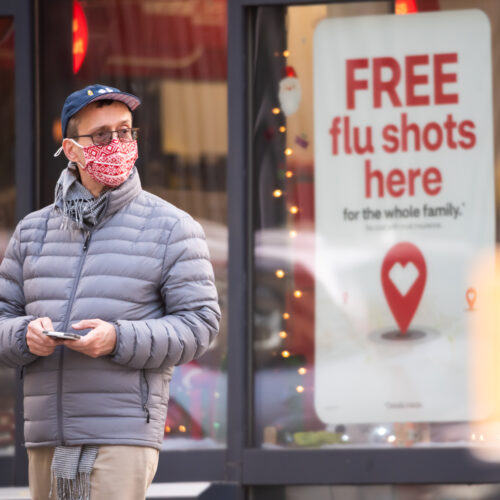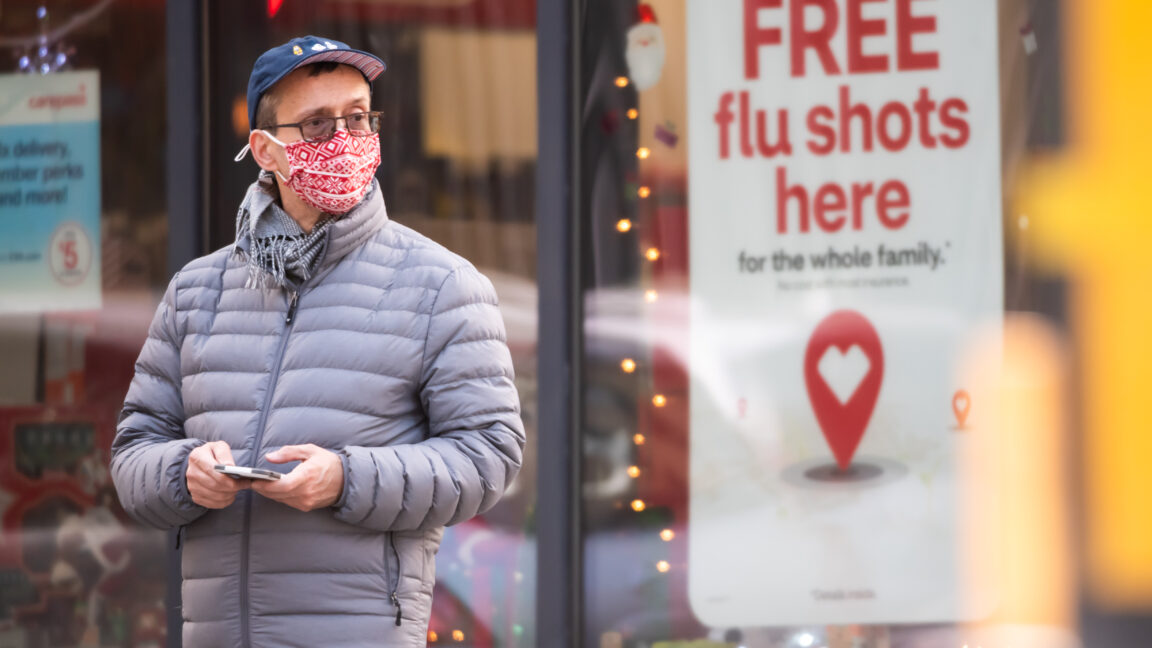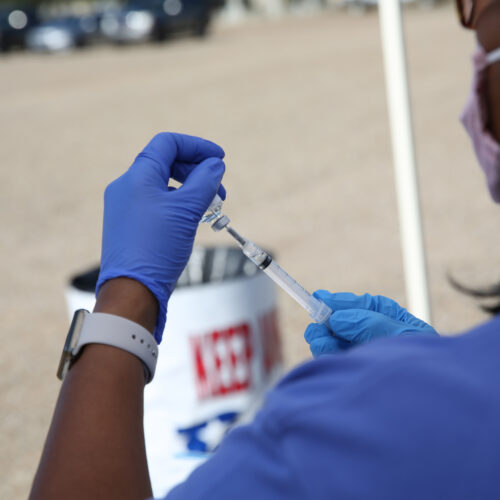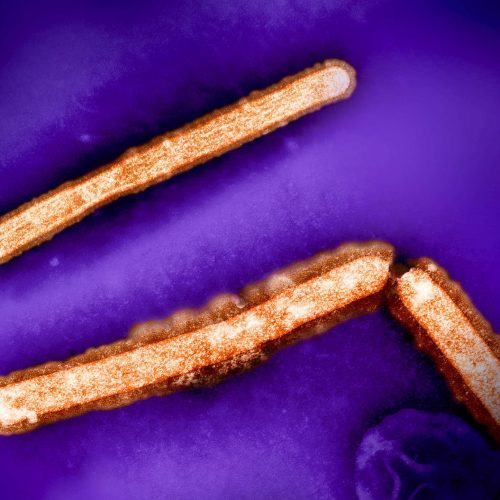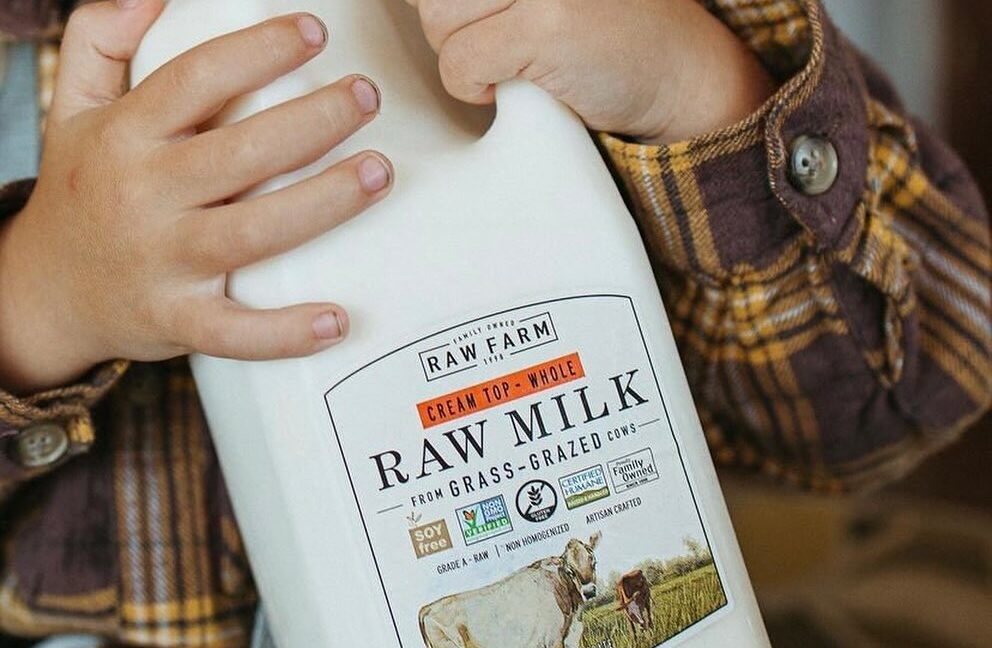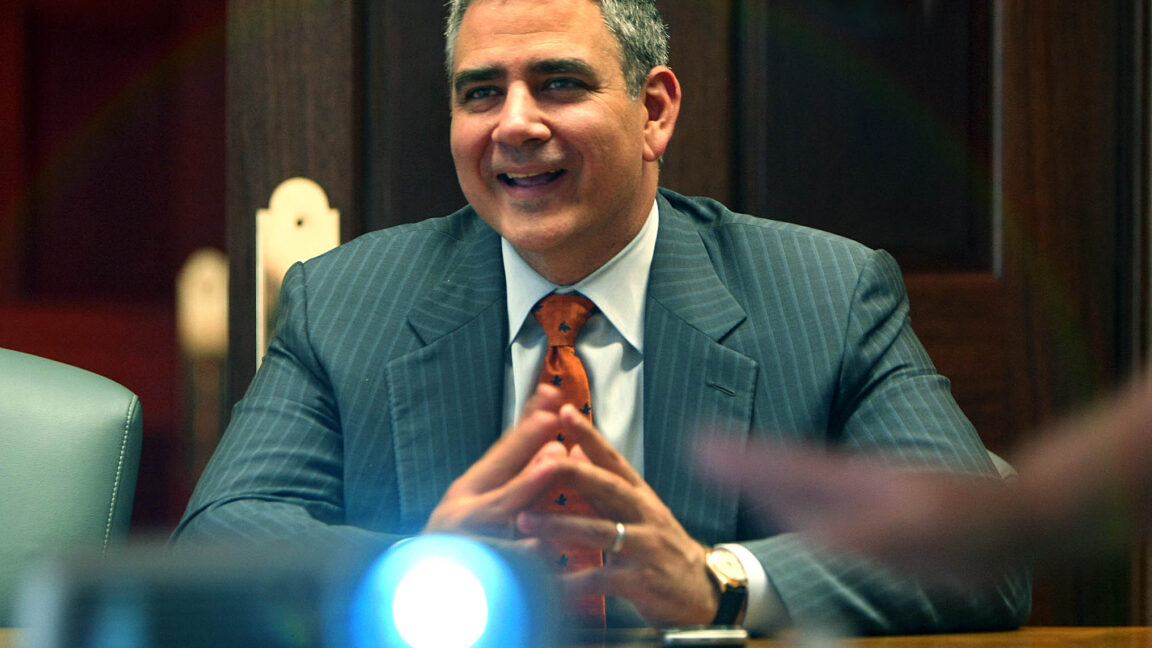Maker of weight-loss drugs to ask Trump to pause price negotiations: Report
Eli Lilly and other drugmakers are reportedly planning to urge the Trump administration to pause Medicare drug-price negotiations that were put in place by the Biden administration's Inflation Reduction Act (IRA).
"They need to fix [the IRA]," Eli Lilly CEO Dave Ricks told Bloomberg at the JPMorgan Healthcare Conference in San Francisco.
The results of the first round of IRA negotiations, announced in August, saw the list prices of 10 high-cost drugs get slashed by as much as 79 percent. Collectively, the negotiated prices are estimated to save seniors $1.5 billion in out-of-pocket costs in 2026, when the prices go into effect. The savings will likely be well received, given that KFF polling has found that over a quarter of Americans struggle to afford prescription medications, and 31 percent say they haven't taken medicines as prescribed due to costs.
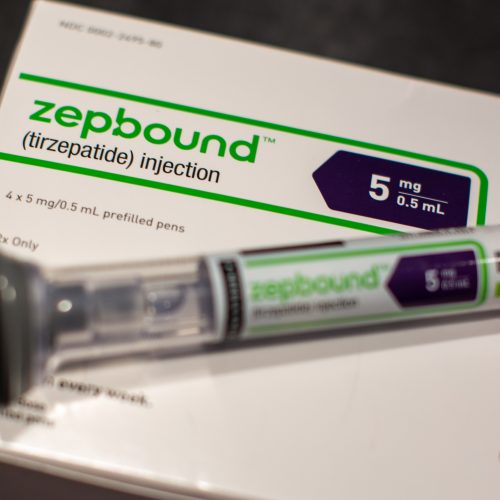
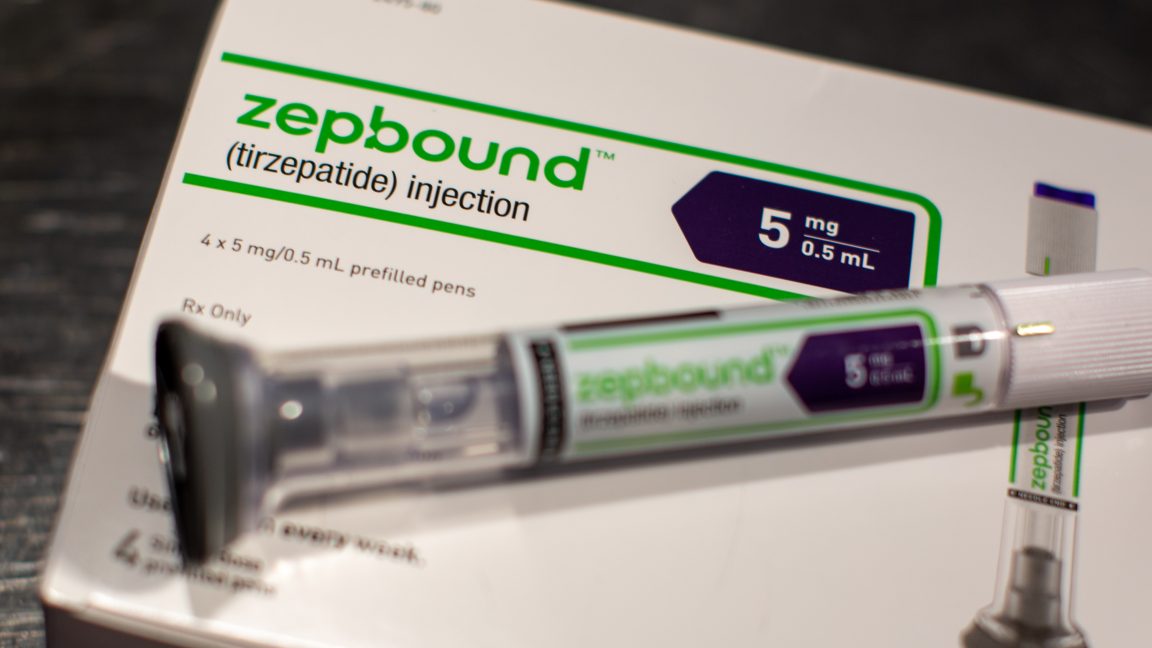
© Getty | helby Knowles

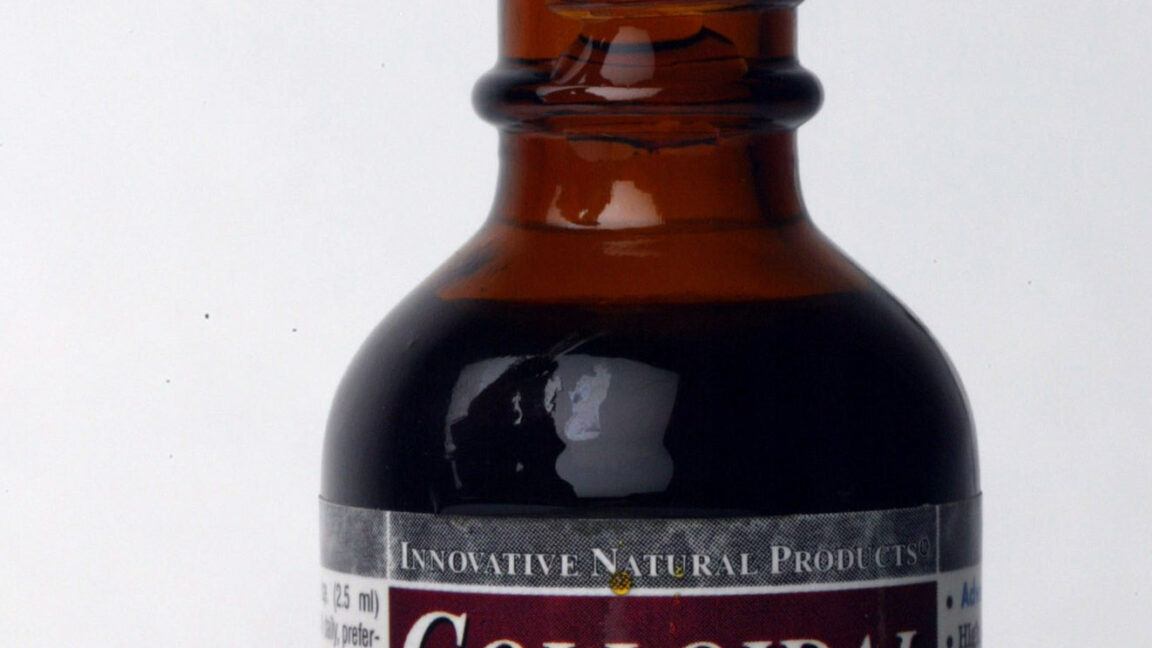
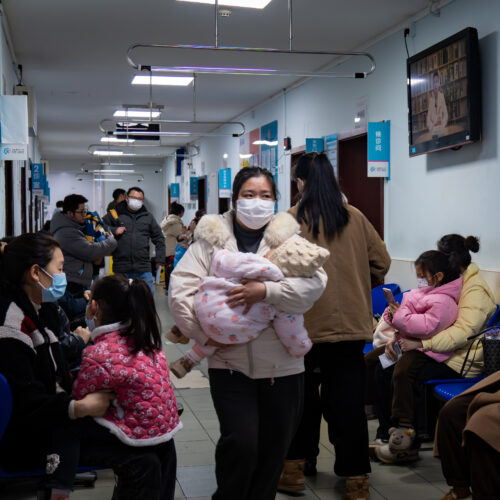
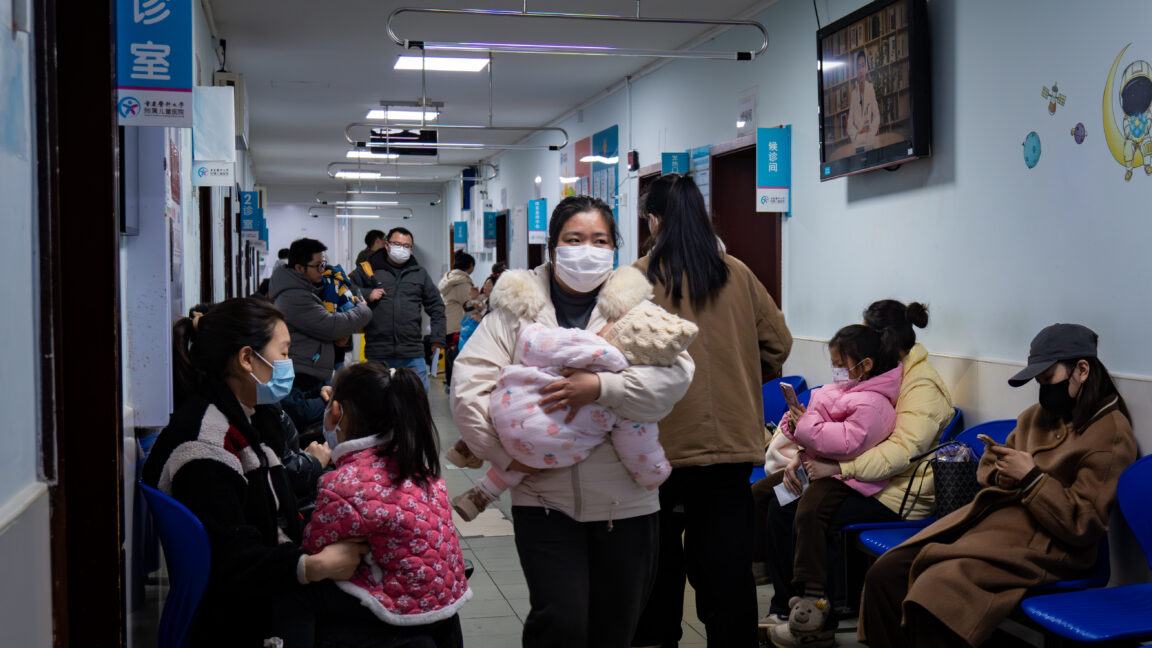



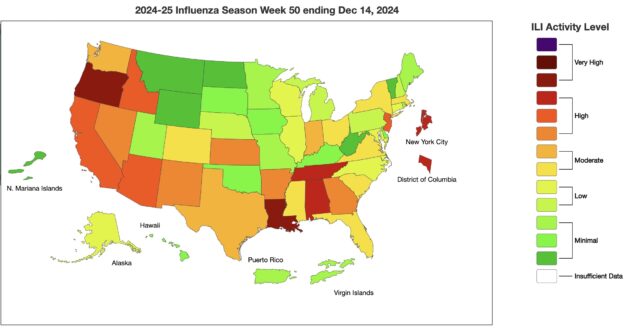 Map of ILI activity by state
Credit:
Map of ILI activity by state
Credit:
